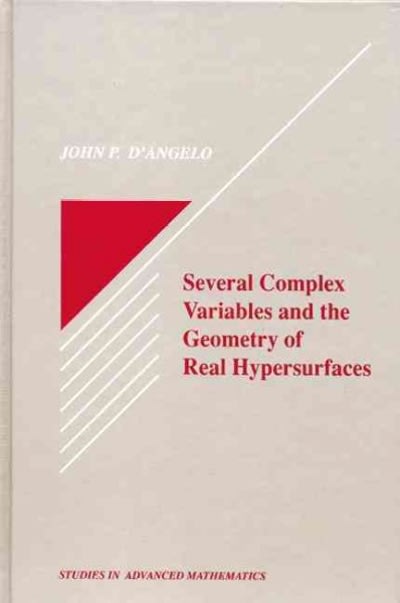
Need Explanation of Questions 21 to Question 35 don't do Question 36 i just need working so i can learn
19. Find the equation of the curve that passes through PO 7 and po and po denote the pressure and density at the the point (3, 1) and whose slope at each point (x, y) is et-y earth's surface, respectively, show that 20. Find the equation of the curve that passes through the P = PO 1 - (Y -1) Pogy Y/(7-1) point (-1, 1) and whose slope at each point (x, y) Y Po is x yz. 21. At time t, the velocity v(t) of an object moving in a 24. An object whose temperature is 615.F is placed in straight line satisfies a room whose temperature is 750F. At 4 p.m., the temperature of the object is 1350F, and an hour later du (1.4.22) its temperature is 95 F. At what time was the object dt - = -(1 +02 ). placed in the room? (a) Show that 25. A flammable substance whose initial temperature is tan (v) = tan (vo) - t, 50 F is inadvertently placed in a hot oven whose tem- perature is 450 F. After 20 minutes, the substance's where vo denotes the velocity of the object at time temperature is 150 F. Find the temperature of the sub- 1 = 0 (and we assume vo > 0). Hence prove stance after 40 minutes. Assuming that the substance that the object comes to rest after a finite time ignites when its temperature reaches 350 F, find the tan -(vo). Does the object remain at rest? time of combustion. (b) Use the chain rule to show that (1.4.22) can be du 26. At 2 p.m. on a cool (34 F) afternoon in March, Sher- written as x = -(1+ v"), where x (t) denotes lock Holmes measured the temperature of a dead body the distance travelled by the object at time t, from to be 38F. One hour later, the temperature was 360F. its position at t = 0. Determine the distance trav- After a quick calculation using Newton's law of cool- elled by the object when it first comes to rest. ing, and taking the normal temperature of a living body to be 98F, Holmes concluded that the time of death 22. The differential equation governing the velocity of an was 10 a.m. Was Holmes right? object is du = -kv". 27. At 4 p.m., a hot coal was pulled out of a furnace and dt allowed to cool at room temperature (75 F). If, after where k > 0 and n are constants. At t = 0, the object 10 minutes, the temperature of the coal was 415 F, and is set in motion with velocity vo. Assume vo > 0. after 20 minutes, its temperature was 3470F, find the following: (a) Show that the object comes to rest in a finite time if and only if n B, amount of C that has been produced in 30 min. How determine lim,-co Q(t). long will it take for the reaction to be 50% complete? 36. Solve the differential equation (1.4.24) with the ini- 33. Chemicals A and B combine in the ratio 3:5 in pro- tial condition Q(0) = 0, when a = B. Determine ducing the chemical C. If we have 15 g of A, use the lim,-+co Q(t). law of mass action to determine the minimum amount 37. The differential equation governing a trimolecular re- of B required to produce 30 g of C. action is 34. Chemicals A and B combine in the ratio a : b to form de a third chemical C. dt = k(a - Q)(8 - @)(y - 2) (a) Show that, according to the law of mass ac- where k, a, B, y are constants. Solve this differential tion, the differential equation that governs the equation if a, B, y are all distinct and @(0) = 0








